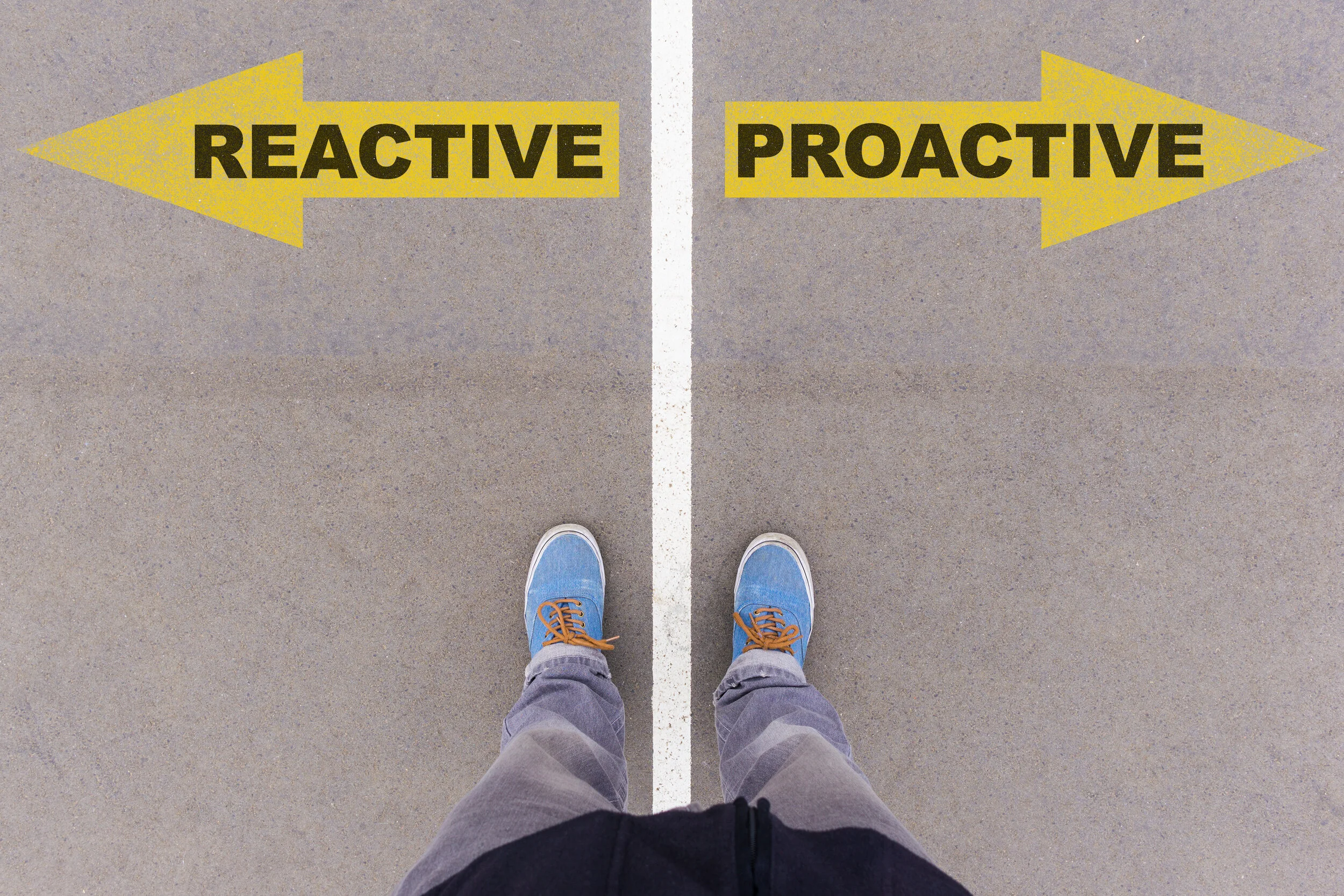Orthodoxy means “right opinions.” It’s the conventional wisdom, the generally accepted knowledge applied without question or challenge. Why do people stick with the orthodoxy? Because it’s what they’re used to. Based on our research and experience, we’ve got a different and more effective approach. We’ve chosen to move away from the orthodoxy and instead move toward orthopraxy or “right practices.” We’ve created a specific set of six proven practices that groups can take on board to create consistently more effective collaboration.
Conventional team building events may be fun, scary, even interesting, but they don’t do much to change the ways people work together. Any benefits they do yield fade quickly in the face of the day-to-day pressures of work. But, when relationship building reinforces meaningful, shared work, it strengthens results and creates bonds that endure no matter our differences.
The key to irresistible collaboration is understanding which work requires collaboration, which doesn’t, and focusing your efforts accordingly. The time and energy you release through irresistible collaboration will be directed to getting more done, more effectively while increasing team member engagement.
Some groups don’t do much work together because they don’t need much collaboration to succeed. Others, like the automotive design group, work together most of the time because if they don’t they won’t achieve their goals. Would you manage the highly independent sales team the same way you’d manage the highly interdependent car design team? Of course not. Know what sort of collaboration is required and tune your team development efforts to it.
Instead of fostering teamwork, shared goals drive more individual effort. But where’s the collaboration? There isn’t any. Shared work, by contrast, focuses collaborative effort. Should they also share goals? Sure, that’s how they will know they achieve what they set out to do. But it is the specific work a team shares that ignites powerful collaborative behaviors.
Shared work must be as clear and compelling as people’s individual responsibilities. If you want collaboration from these achievement motivated folks, the pull has got to be irresistible. The teamwork you are proposing must be as clear and compelling as their individual tasks; it must tap into their deep-seated need for accomplishment. This is how great teams operate.
If teamwork is a reaction, it’s collaboration as an after-thought.. The most powerful collaboration is proactive and intentional. Great groups figure out in advance which work they must do together, they plan for and create the space for collaboration. They’re equally clear about which work is better done by individuals. They check in with each other and stay in front of the work.
The words, “team” and “teamwork” have become hollow jargon and overused hashtags. I call it “teaminess”, and a waste of money. Collaboration is the foundational element of all group work. Whether you call yourselves a team, a group, a community or a committee, what matters is knowing which work requires collaboration – and which doesn’t. Then it’s about getting the right people involved in the right ways. It’s simple, it’s practical and it makes genuine collaboration possible.
Team stages tell you little nowadays. We still base team development on theories from the 1950s and '60s. Those concepts made sense in their day but organizations and the world they operate in have moved on. It doesn’t matter when a team was formed or how much time they spend physically together: there’s work to be done and people must work together to do it. We’re ready to share a new, improved approach to teamwork with you and your organization.









Team greatness comes from regularly applying ideas, but It’s only sustained by teams learning to learn together. When a group finds its rhythm of learning, the payoff is massive. Work products and team dynamics improve. Relationships deepen. The bar of success is continually raised. A team spirit emerges that’s lasting and meaningful to everyone. That’s good news for the team as a whole, for each team member and for the organization.